|
|
This photograph of a bus that crashed through the bridge at the bottom of Loftus Bank is featured in another image on the site. Howard Wilson’s grandfather worked for Garbutt Bros and may have been called out to the rescue. Craig Colledge assisted with: ” I think that you will find that this was my grandad’s bus, George Colledge. I have various photographs at different angles of the accident blown up in frames on the wall. As I remember being told as a youngster it was at the bottom of Brotton. Grandad always said he has never seen so much raw eggs, live chickens and other animals thrown a cross the inside of a bus. (In them days you would take anything on board to market). The reason for the accident was that the steering failed. Or that is what he told me.” Craig also told the Archive: “The poster on the near side window which isn’t very clear was promoting Hinderwell Cinama. Grandad had the contract from Guisborough to Hinderwell at the time.”
Image and details courtesy of Howard Wilson, thanks to Craig Colledge for the updates.
Yes; once again a bus in the beck at the bottom of Mill Bank. Did Uptons have a bus service or is that just advertising on the side?
Image courtesy of the Pem Holliday Collection.
I’d like to think that this is the remains of the bus we’ve seen hanging backwards over the parapet in previous posts – I certainly hope so for the passengers and driver’s sake! Derick Pearson has tod the Archive: “I have had a copy of this photograph for many years; I was told possibly 45 years ago that the conductress died in this accident as the winding handle of the ticket machine penetrated her skull in the impact. I wonder what they are searching for in the water (the man in the bus and the one at the near side)? Another gentleman at the far side with ropes ready, they certainly were not heavy enough to pull the bus out. This was an Upton Bus services bus of Redcar, not a United bus.
Image courtesy of Loftus Town Crier, thanks to Derick Pearson for the update.
Possibly 1927 I think we have a photograph like this taken from a different angle.
Image courtesy of the David Linton Collection, the Pem Holliday Collection, a CD collection by Derick Pearson and others.
It was 1920 when this vehicle from Crow’s fair ran away down Mill Bank; there are plenty of people there to give advice. Vehicles running backwards down Mill Bank was a common occurrence many years ago. Peter Turvey has advised: ”This photograph shows a very rare Showman’s road locomotive – one of the few traction centre engines built – they could act as the centre of a set of gallopers (a type of roundabout) as well as haul loads on the road.”
Image courtesy of several sources and thanks to Peter Turvey for that update.
Looks like they got it fixed – it’s now sat level on the 4 foot – running lights are on and the engineers are retiring to their carriage. (no doubt for tea and tiffin!).
Image courtesy of Russ Pigott.
A Class 37 in Railfreight livery passes what looks like a Class 31 stranded on the roads at Crag Hall, by the lean on it it looks like a broken spring. Russ Pigott tells us: ”The 31 is actually derailed. It came off on the points leading to the headshunt that are worked from the box. I was having my annual assessment at the time and so was the signalman. Also the train was an inspection saloon from York, I’ve never seen so many gaffers in one spot! The cause was put down to poor maintenance of the point rodding and as the Chief Signalling Engineer was in the saloon I reckon he would have got a lot of stick afterwards!”
Image and additional information courtesy of Russ Pigott.
Lingdale Junction, recovery of engine N0. 1245, the accident on 5th November 1900 took place at the junction of two mineral branches near Brotton. A train loaded with ironstone descending from Lingdale mines got out of control on the 1 in 6 gradient and was derailed at trap points at the junction with Kilton branch. The engine 0-6-0 No. 1245 built at Darlington 1783, which was running tender first, at this point the line was on an embankment, when No.1245 was derailed it fell onto it’s right hand side on the slope of the embankment. It was recovered using two sets of block and tackle anchored to the rails on which the engine stood to keep them in place. Two further engines were attached to the tackle and as they moved away from one another No. 1245 was pulled upright.
Image and information courtesy of Derick Pearson.
The second photograph of the derailing at Lingdale, with some serious lifting gear in use! Two steam cranes being used to lift the locomotive back onto the rails. The accident report lists: “No.1245 was recovered using two sets of block and tackle anchored to the rails on which the engine stood to keep them in place. Two further engines were attached to the tackle and as they moved away from one another No. 1245 was pulled upright.“
Image courtesy of Derick Pearson, the Pem Holliday Collection and others.
A good engineering image this; showing the delicate job of righting a fallen locomotive using good old block and tackle! We can’t dispute the location, mostly because the line no longer exists, but also because there’s precious little film record of the line anyway. The crane on the engineering train is a vertical boilered steam crane. Simon Chapman advises: ”The date was November 1900, the engine was no. 1248, and the driver’s name was Metcalfe! The train was descending the gradient from Lingdale Mine with 22 loaded iron ore wagons and couldn’t stop in time so ran through the headshunt and was derailed, fortunately with no injuries to the crew.”
Update information courtesy of Simon Chapman.
Page 7 of 8« First«...45678»
|
|
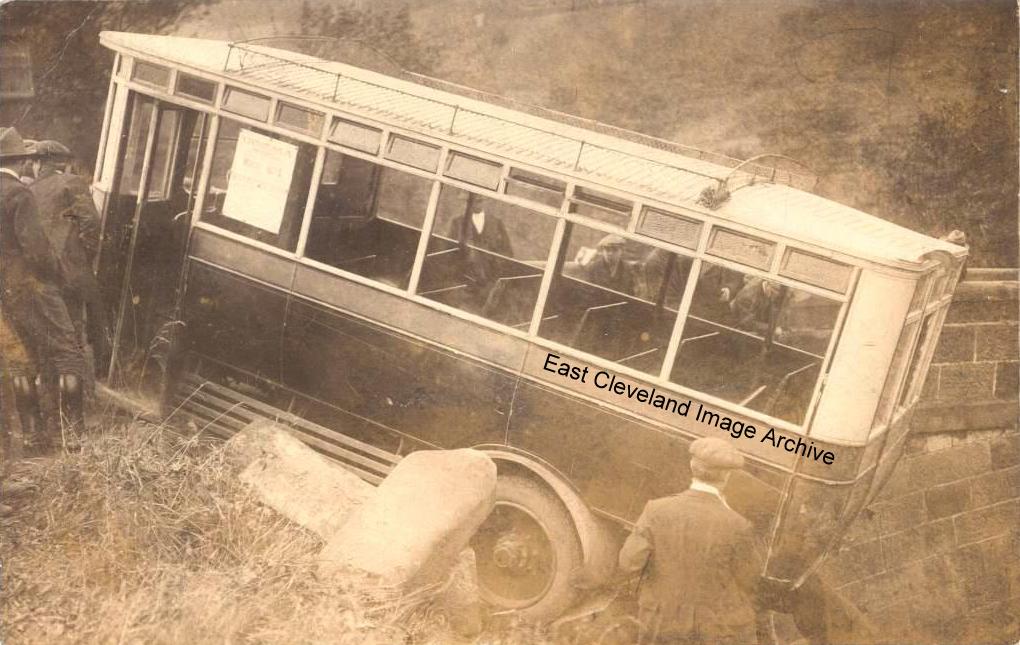
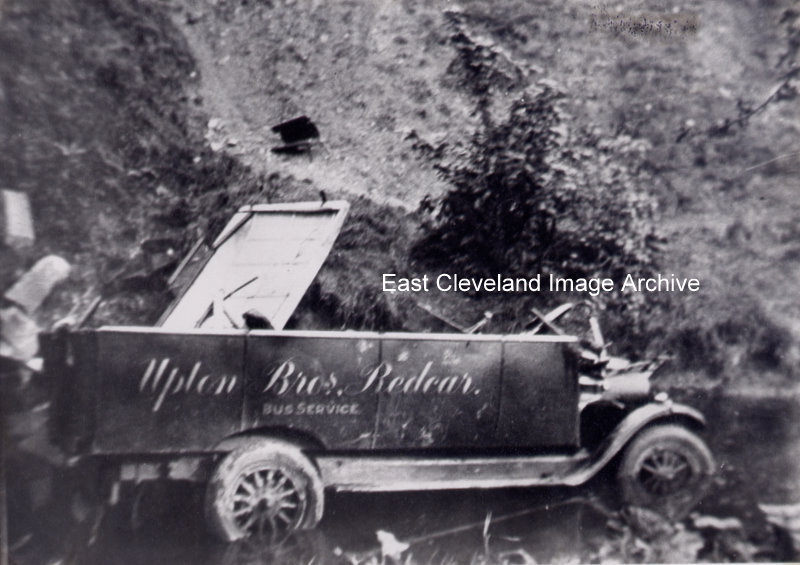
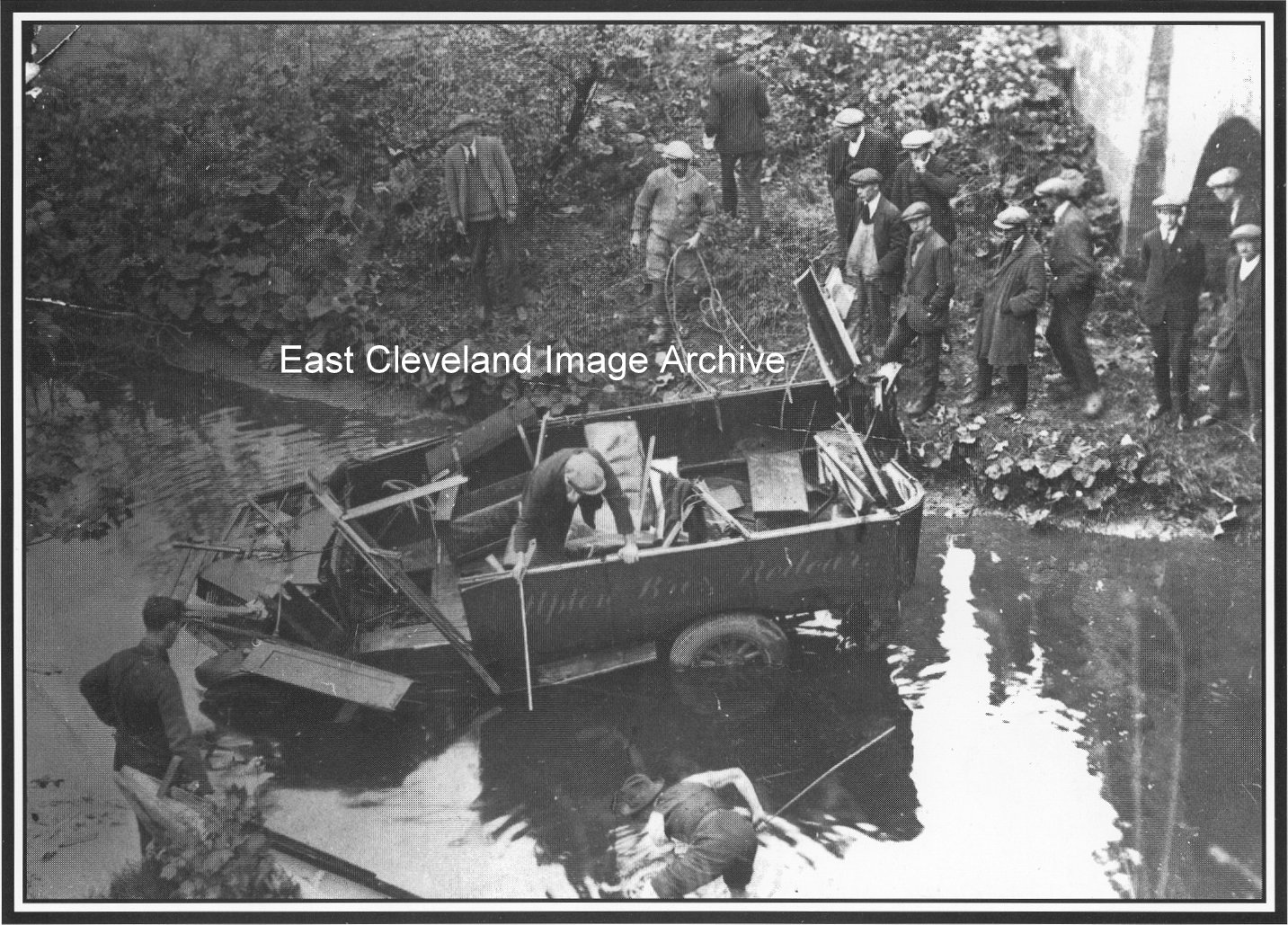
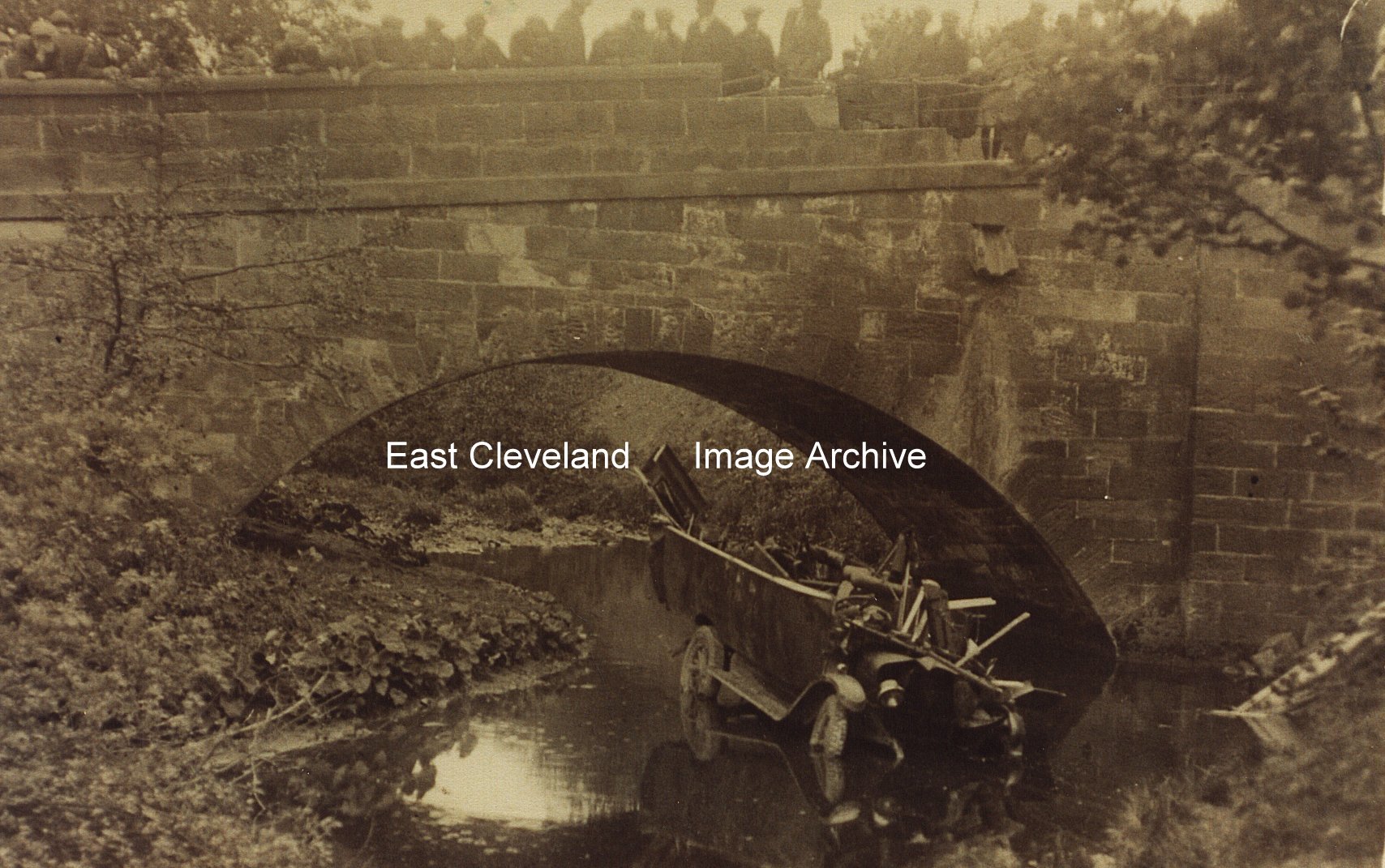
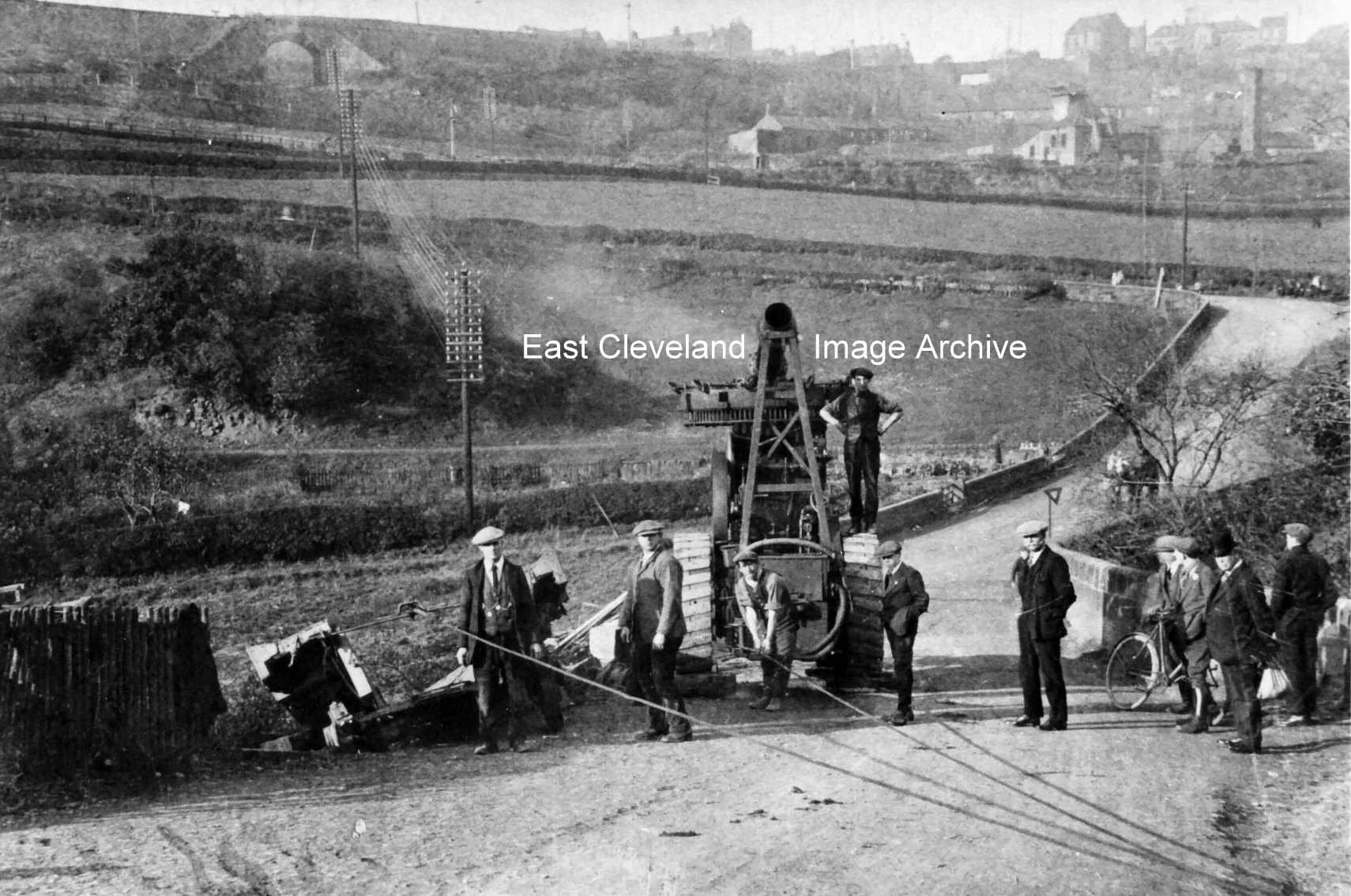
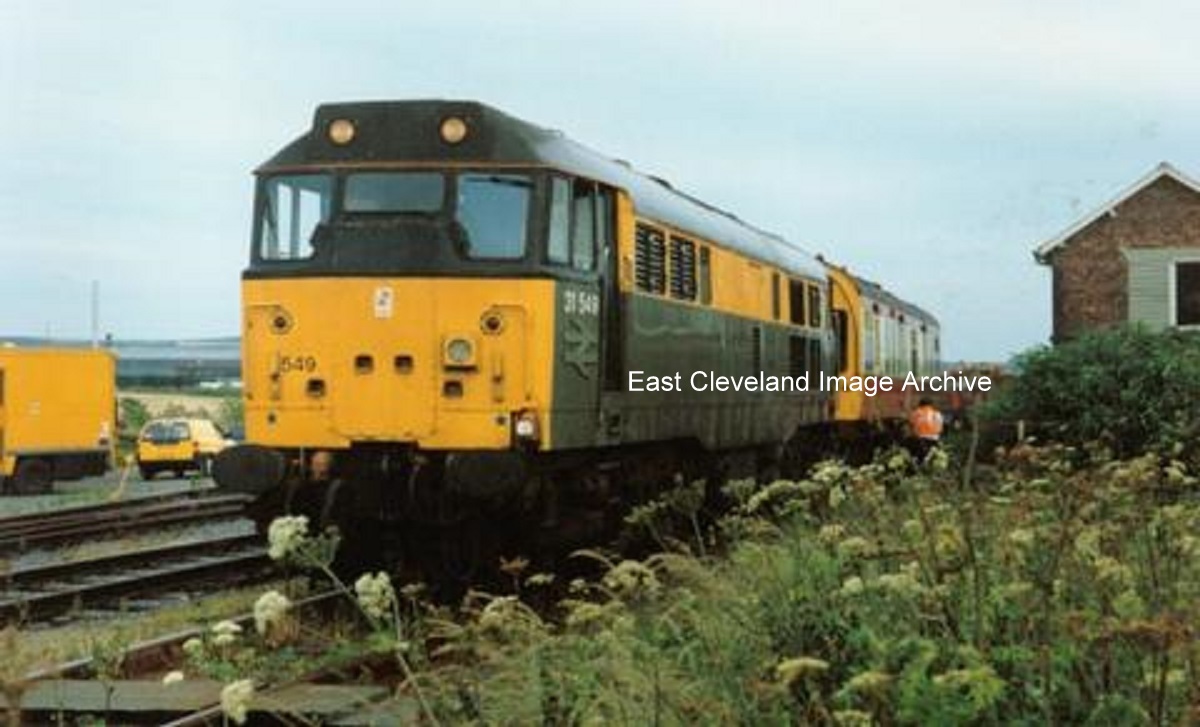
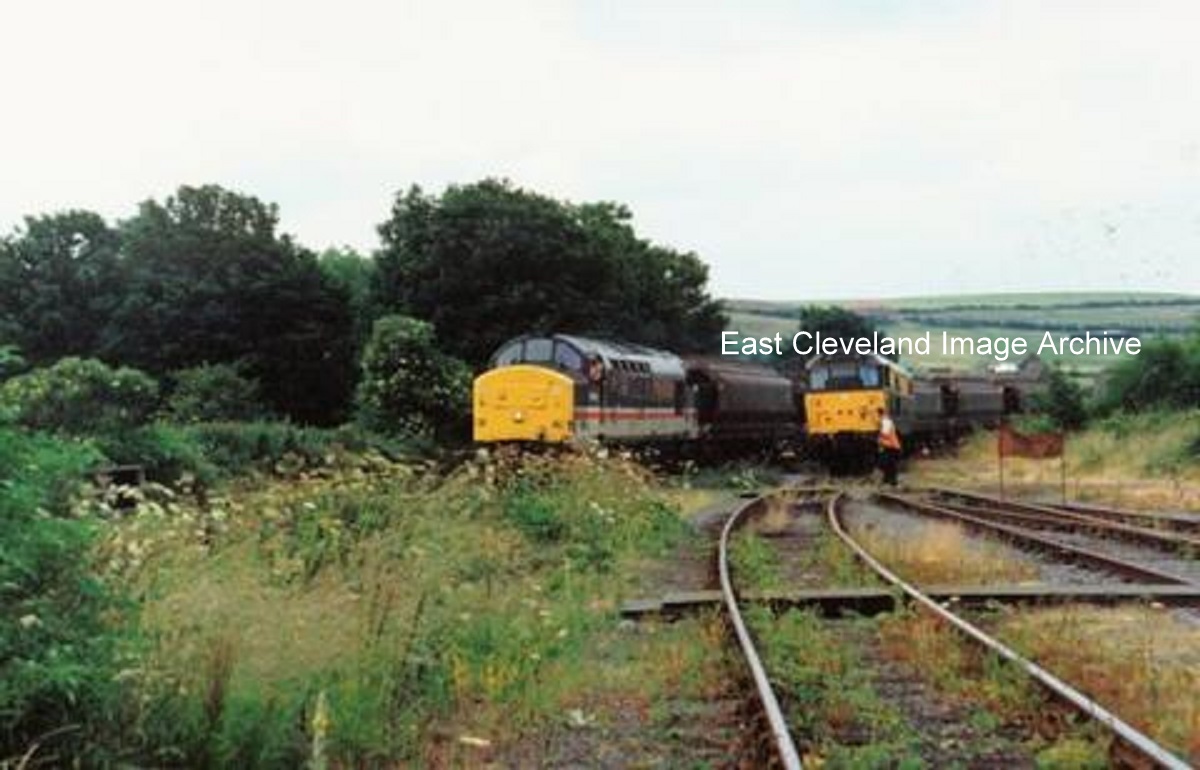
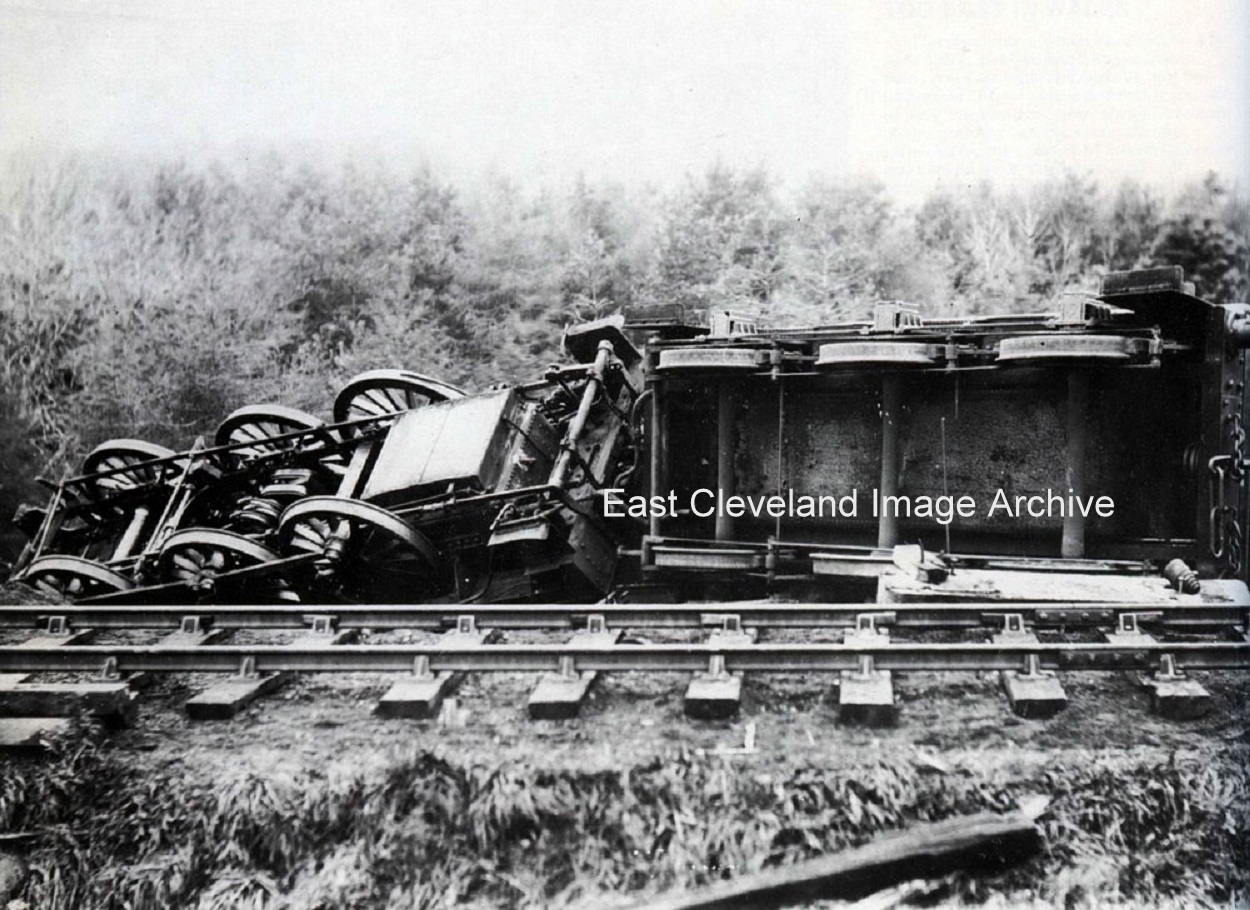
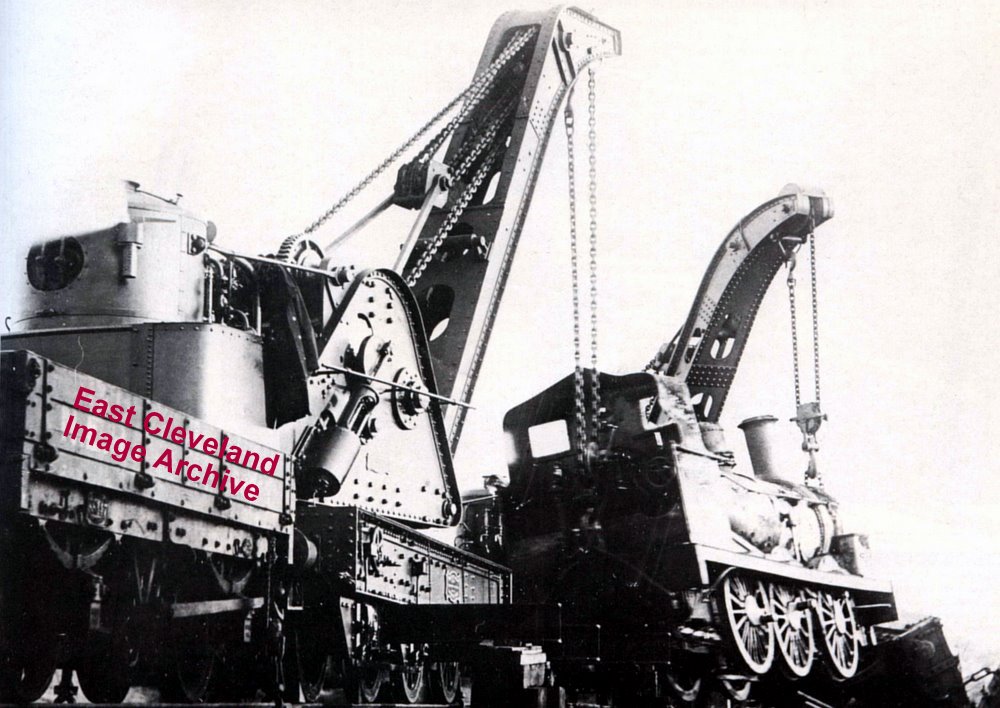
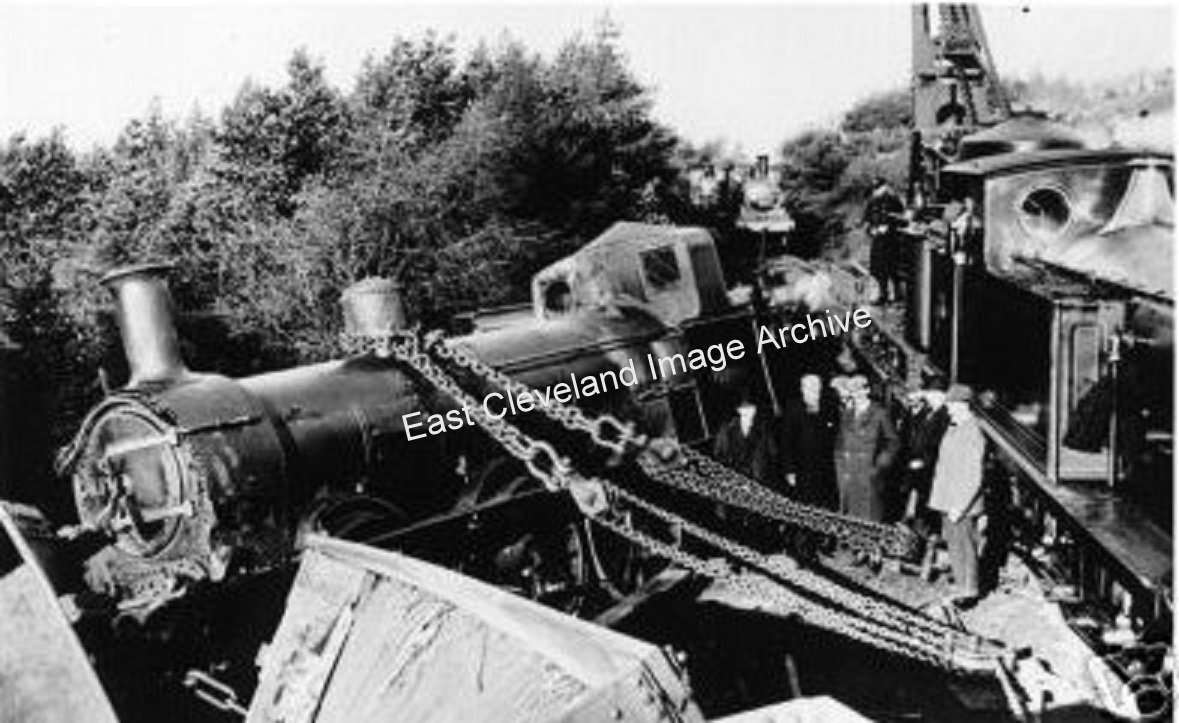
Recent Comments